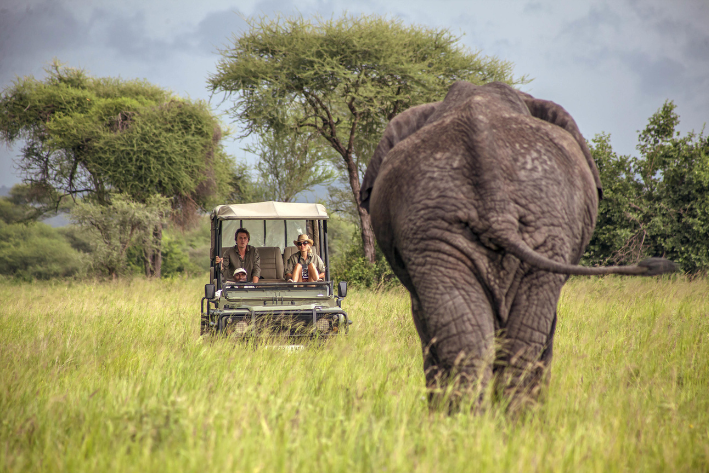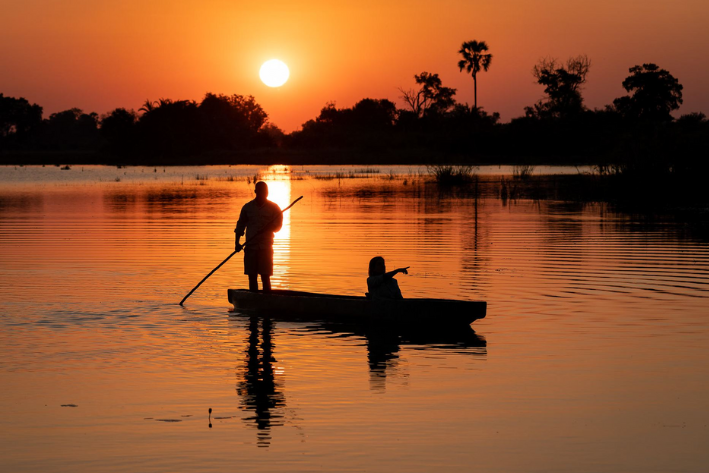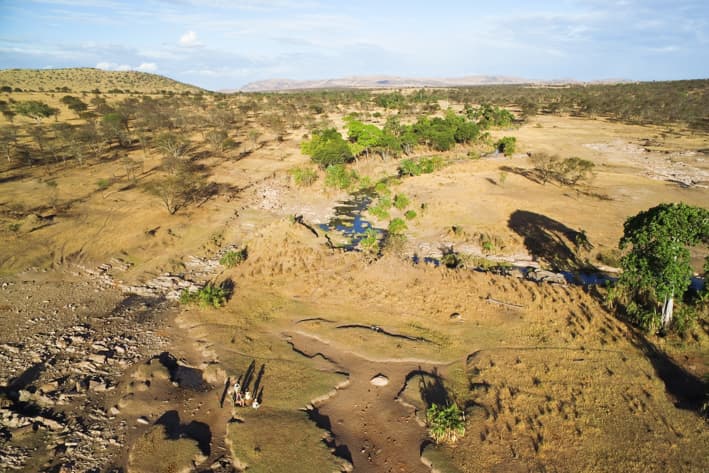The best places to see lions in Africa
Where are the best places in Africa to see lions whilst on safari
Seeing the king of the jungle during your safari to Africa is important to many travelers, so we’re sharing our top locations for where to find lions in Africa.
Of course, lions are wild animals and so sightings can never be guaranteed, but in our experience, the following areas offer the best opportunities to see lions in the wild:
Here is our guide to the best places to see lions during your African safari…
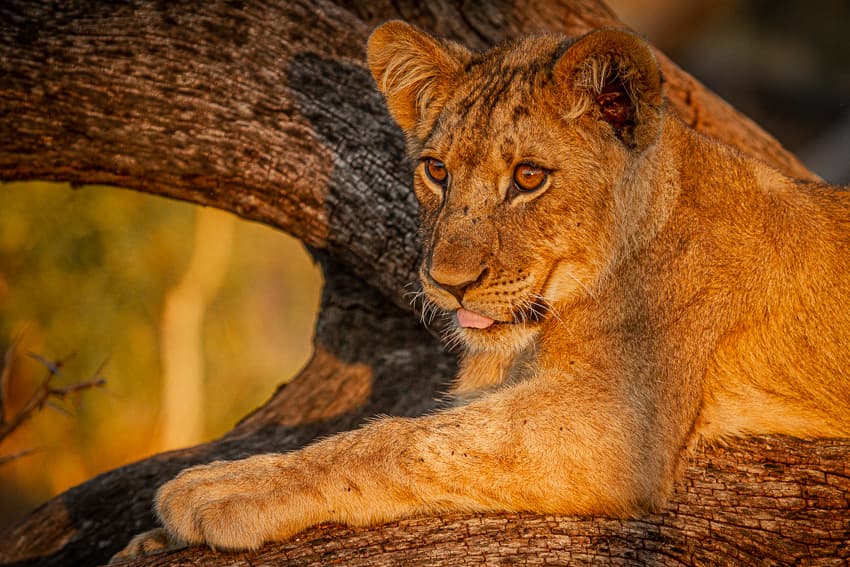
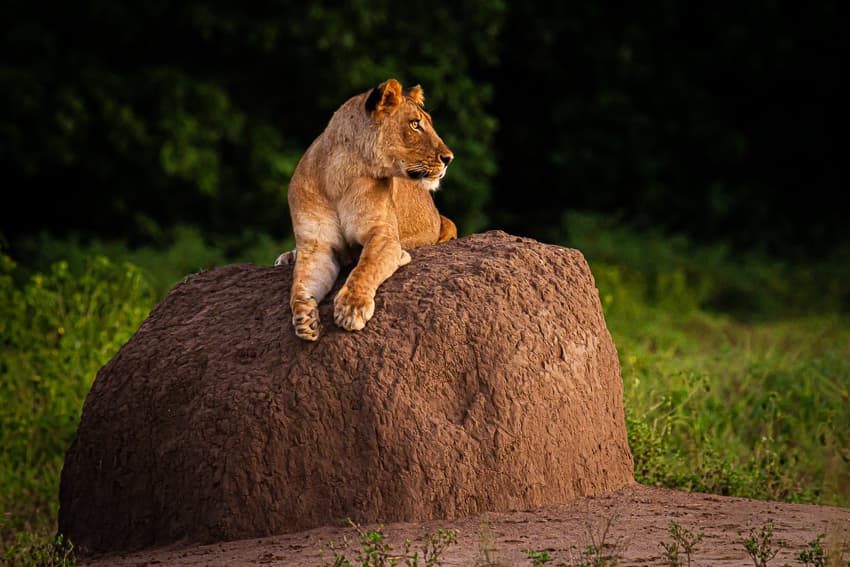
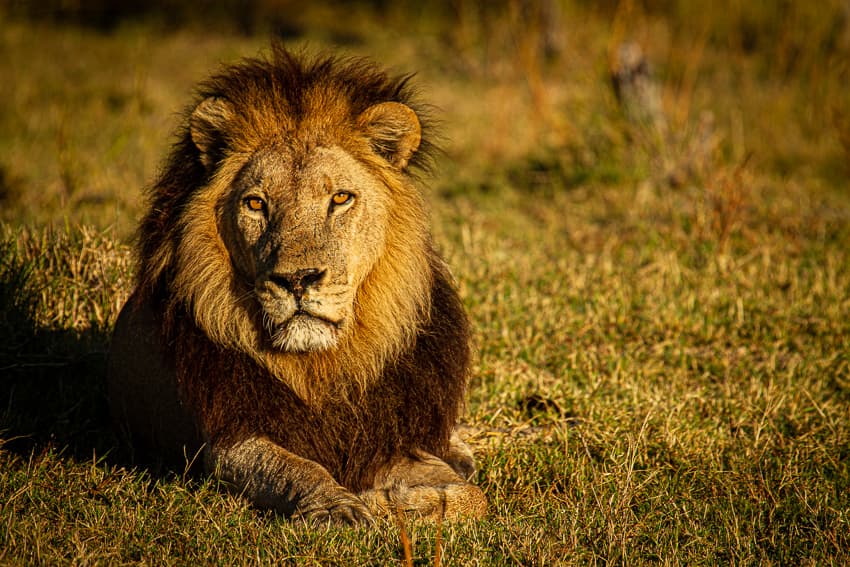
Hwange National Park, Zimbabwe
Zimbabwe’s Hwange National Park is a vast reserve on the edge of the Kalahari Desert in the west of the country. The mixed habitat in Hwange is perfect for lions, with lots of prey animals as well as pumped waterholes that can support large prides. It is estimated that between 500 and 700 lions live in the Hwange ecosystem which includes the national park and surrounding buffer zones. Lion prides are territorial and defend their patch of wilderness against other lions. Regardless of the season, it means lions remain in their territories.
The famous lion Cecil, who was shot and killed by an American hunter in 2015 (sparking international outrage) was from the Hwange National Park. His pride resident in and around Somalisa Camp, Linkwasaha Camp, and The Hide inside the park. Today, his pride still lives in the area around Somalisa Camp and is often seen at the camp waterhole. The pride is now under the control of 2 large males who have learned to hunt elephants. This takes place during the peak of the dry season when the elephants are weak from a lack of food.
For the best chance to see the lions of Hwange, we suggest spending at least 3 nights at Somalisa Camp, Somalisa Acacia, or Somalisa Expeditions. All 3 camps are in the heart of the national park and within the territory of the pride. They also have excellent watering holes that the animals regularly make use of.
Hwange is within easy reach of Victoria Falls and is a must during any Zimbabwe safari.
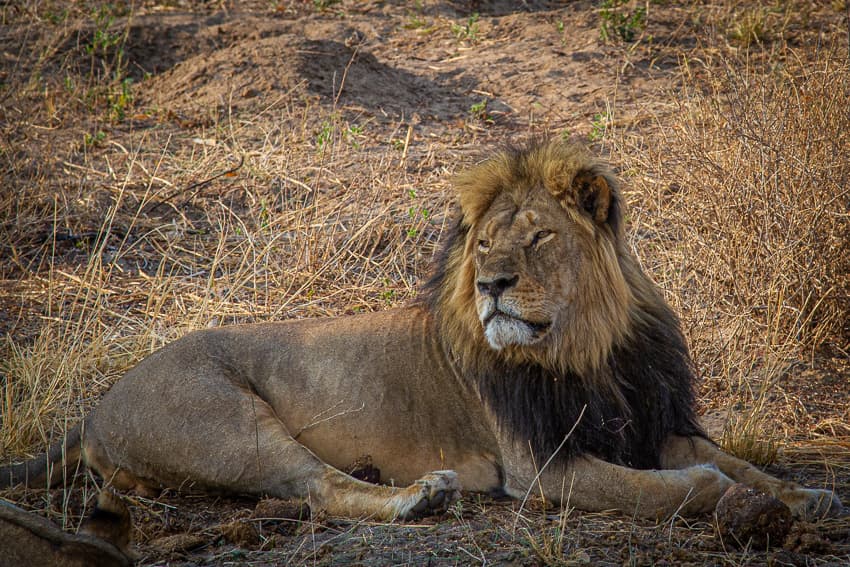
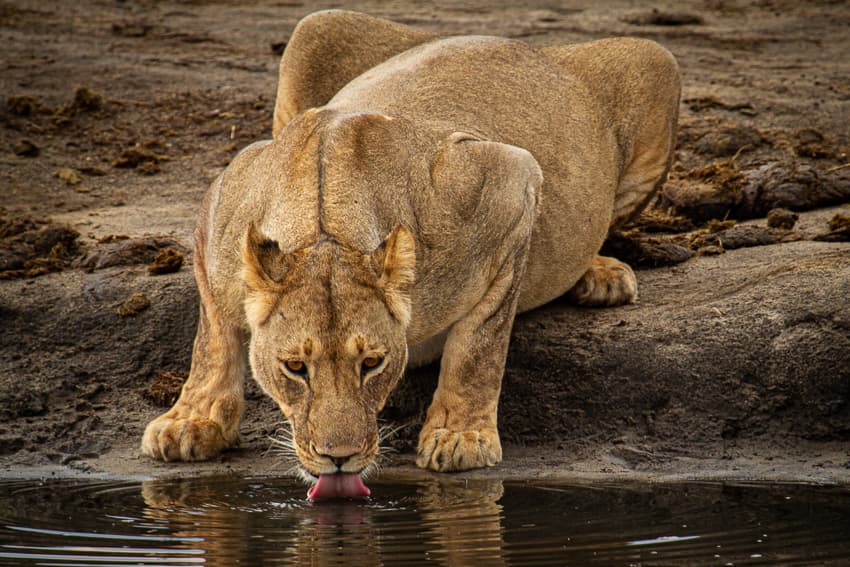
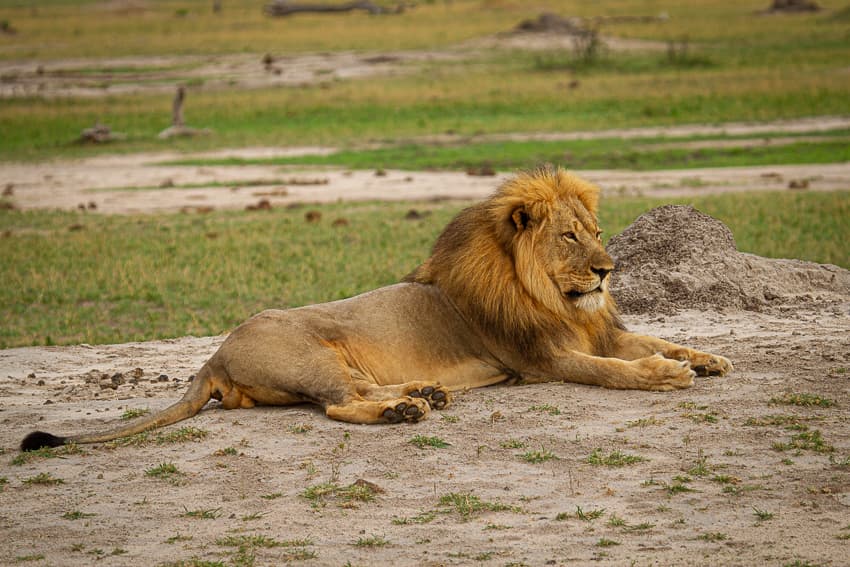
Okvanago Delta, Botswana
The Okavango Delta, a large inland oasis in the heart of the Kalahari Desert is also a must-visit destination if you’re traveling to Botswana. The permanent waters of the Okavango Delta support large herds of prey animals which in turn attracts good prides of lions. In our experience, the best lion sightings happen on the larger islands and northern private concessions of the Delta, where the lions can move freely without being trapped. As with most cats, lions hate the water, but the lions of the Okavango Delta have had to adapt to crossing rivers and channels to get between the islands of their territories.
The area of Duba Plains in the upper reaches of the Okavango Delta is probably the best place in Botswana to see lions. The area was made famous by the National Geographic Documentary “Relentless Enemies”, which documented the constant battle between 2 prides of lions and a large herd of buffalo that moved between the 2 territories and islands of Duba Plains. Shinde Concession, Kanana Concession, Kwara and Splash Camp, Selinda, and Zarafa all offer excellent sightings in private concessions. Being in a private concession means guides can drive off-road to follow the tracks of lions or follow the pride as they move away from the roads.
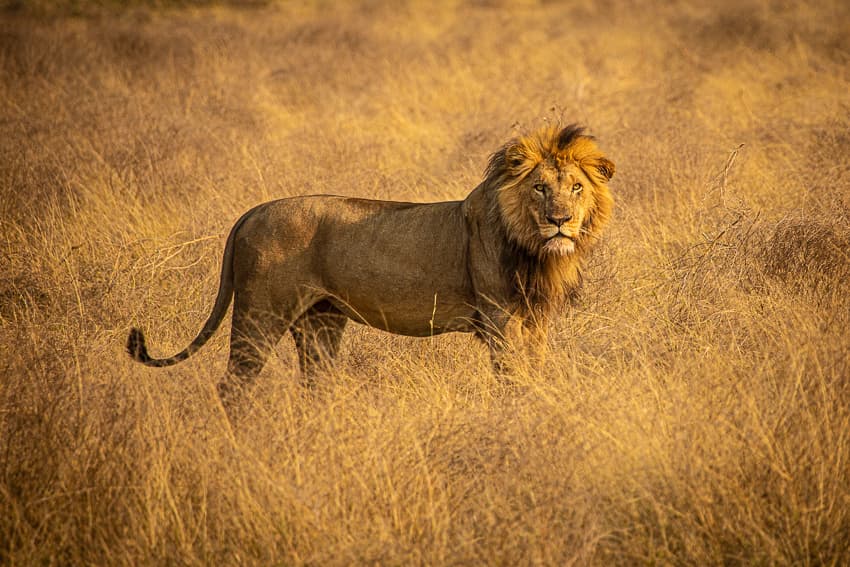
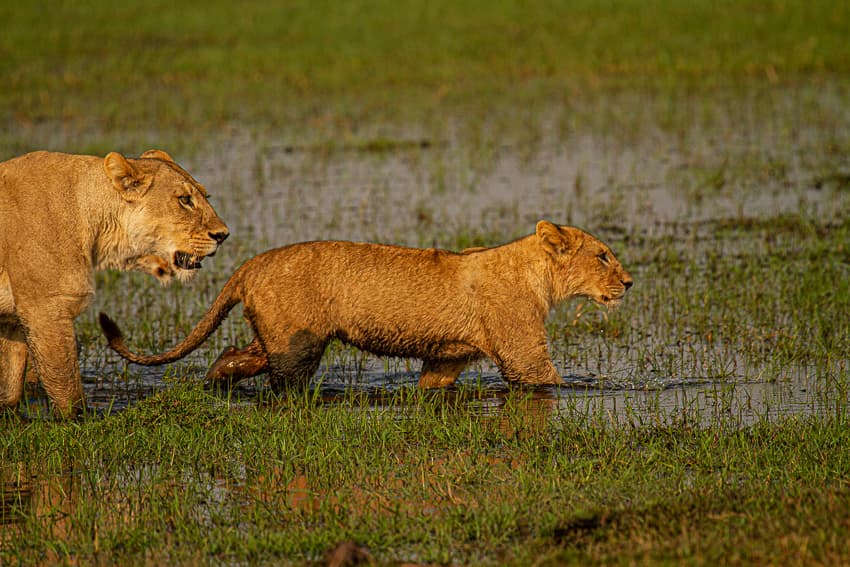
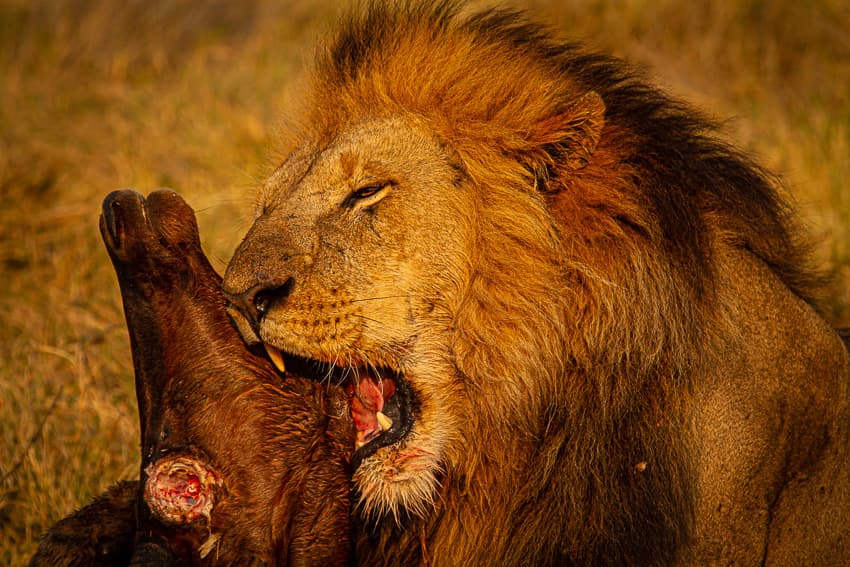
Serengeti, Tanzania and Masai Mara, Kenya
For this blog post, the Masai Mara in Kenya and the Serengeti in Tanzania have been grouped together because they are the same ecosystem in different countries. With the great wildebeest migration moving between the grasslands of the Serengeti and Masai Mara, the lions have plenty of prey food. As mentioned before, lions are territorial and so are unable to follow the great herds as the migration moves on, but there is still plenty of prey animals to support them until the great migration returns.
The most well-known pride of lions in the Masai Mara is the Marsh Pride, made famous by the wildlife documentary, “Big Cat Diaries” which followed the lives of several big cats across the park.
Staying at any of our preferred camps within the Masai Mara or Serengeti will offer fantastic opportunities to see lions whilst on your Tanzanian safari or Kenyan safari.
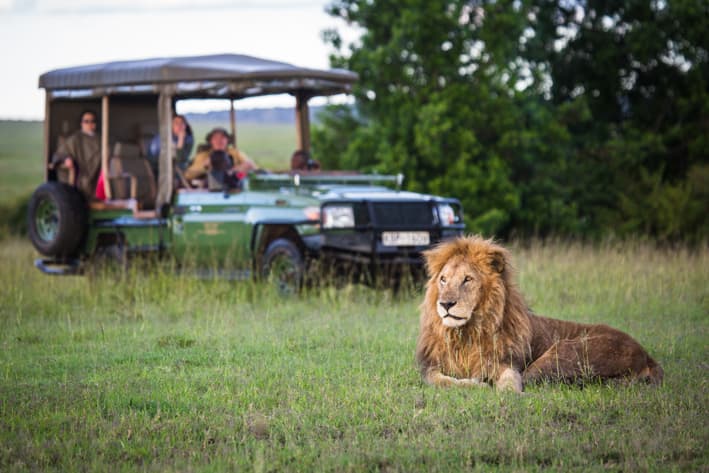
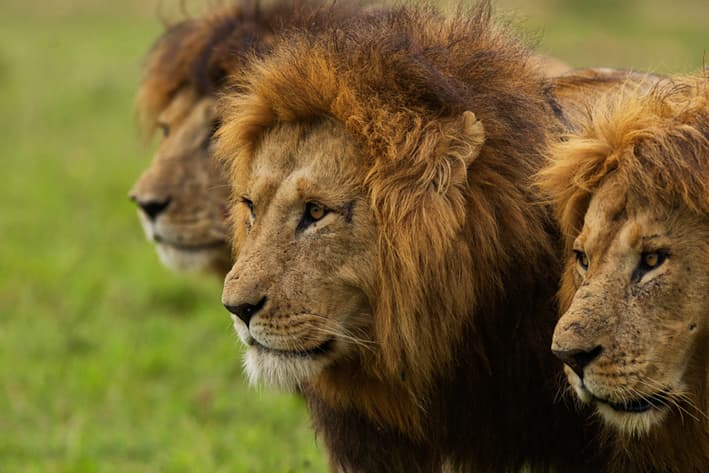
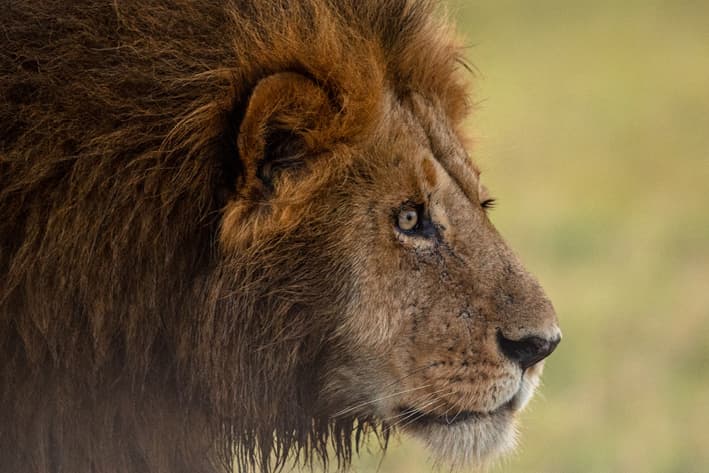
Kafue National Park, Zambia
The Kafue National Park in western Zambia is a large park of mixed habitats, but it is the central and northern areas that offer the best lion sightings. In particular, we like the famous Busanga Plains in the north. Busanga Plains supports large herds of buffalo which are lions’ preferred prey. During the dry season (May through to October) the Busanga Plains are vast open grasslands, but during the rainy season, the plains fill with water making life difficult for the animals, especially the lions. On occasion, the lions of the Busanga Plains have been known to climb and rest in fig trees. This strange behavior is not uncommon in other areas of Africa, in particular the tree climbing lions of Ishasha in Uganda, but very unique to Zambia.
In Kafue National Park, we would suggest staying at Musekese Camp or Ntemwa-Busanga Camp. Both offer excellent lion sightings whilst on your luxury safari in Zambia. Further into the Busanga Plains is Shumba Camp, where the lions can also often be seen in or around the camp.
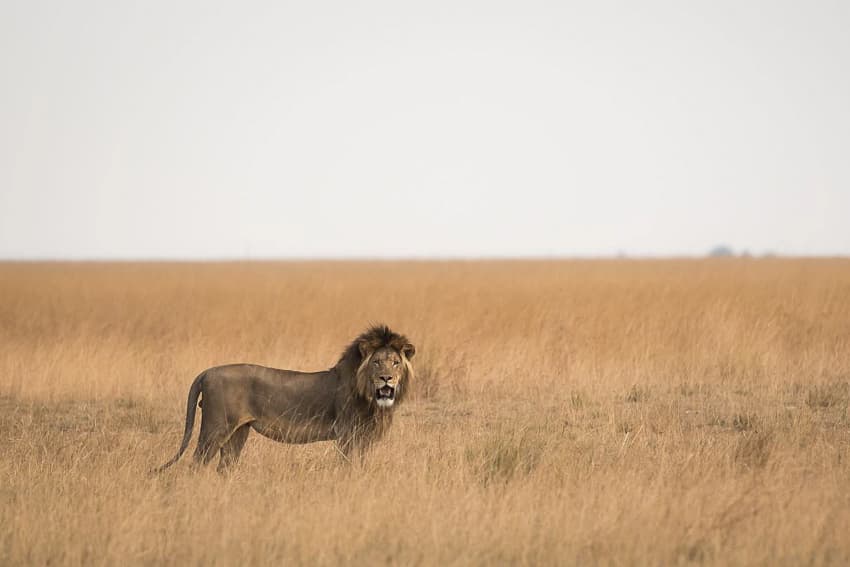
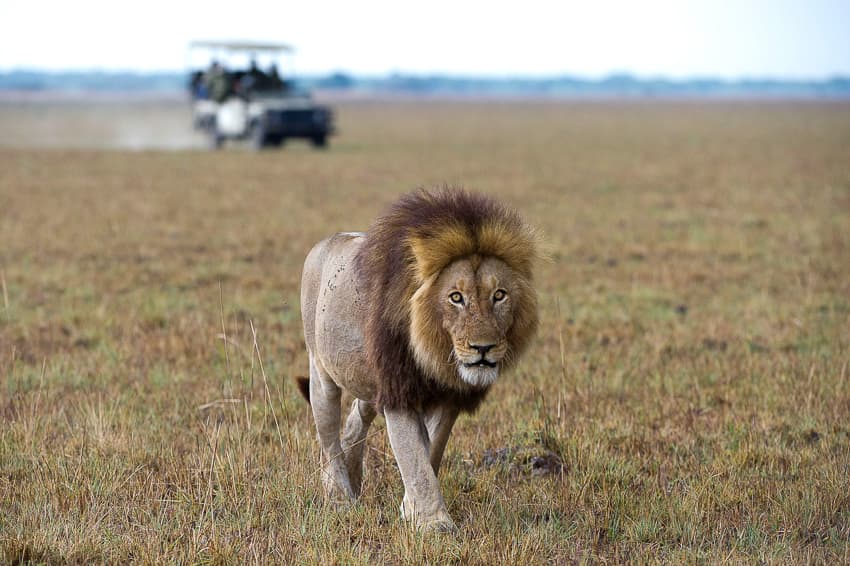
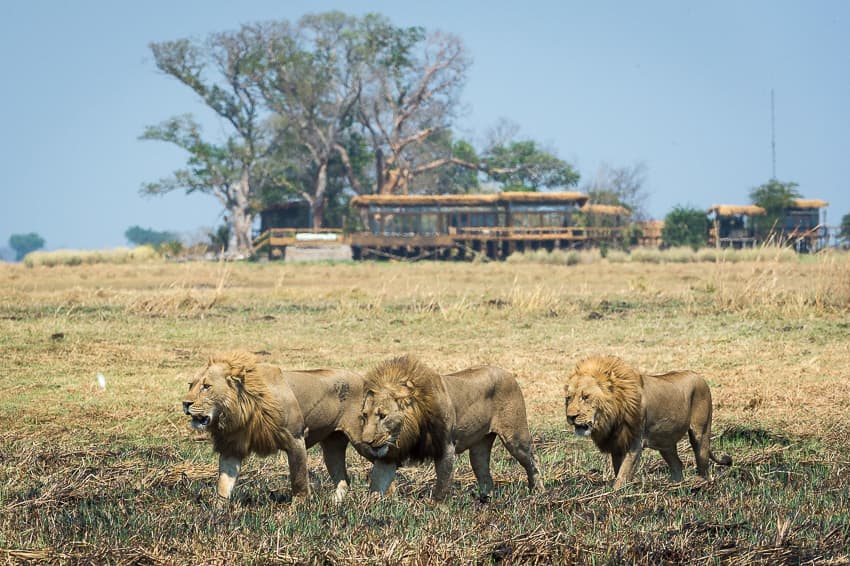
Sabi Sands, South Africa
The Sabi Sands bordering the Kruger National Park in South Africa is the best reserve in Africa to see the Big Five, which includes lions. Compared to other national parks and private reserves within Africa, the Sabi Sands is relatively small. But because of the good numbers of prey animals, there are several prides of lions in the Sabi Sands. Being a private reserve, guides and trackers in the Sabi Sands can drive off-road, tracking or following lions into the thicker bush.
The most notorious lions in South Africa were the Mapogo coalition of 6 males who ruled the Sabi Sands and part of the Kruger National Park with an iron fist, killing any rival males and sometimes rival females who crossed their path. Guides and researchers who knew the Mapogo Coalition say the 6 lions were responsible for killing as many as 100 lions over the years they ruled the territory.
The Mapogo Coalition has grown old and so new, stronger males have made their way into the territories and slowly dispatched these ruthless killers. Today, their offspring live throughout the Sabi Sands and Kruger National Park. Balance has been restored and now several prides dominate the area.
Staying at any of the luxury safari lodges in the Sabi Sands will offer fantastic opportunities to see lions during your South African safari. All lodges have excellent trackers and the guides are in constant radio contact with one another, meaning all guests have incredible opportunities to see the lions in the Sabi Sands.
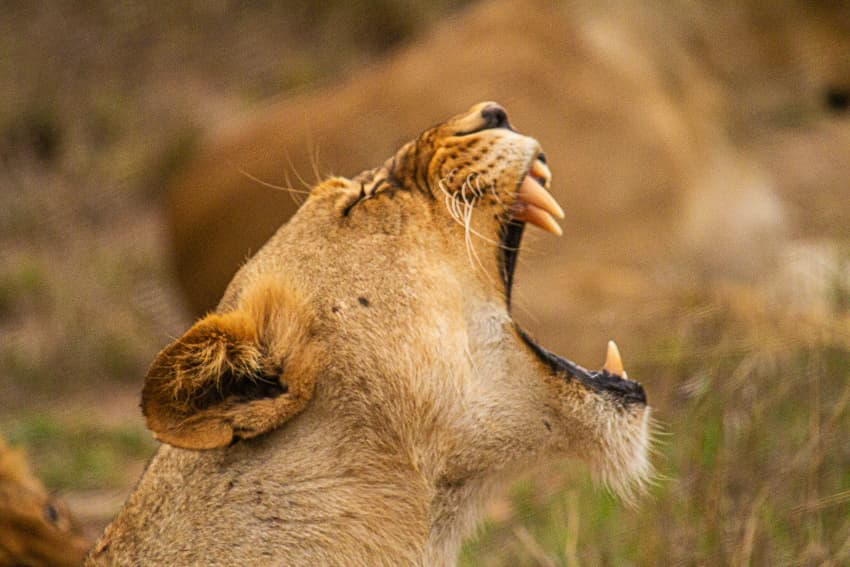
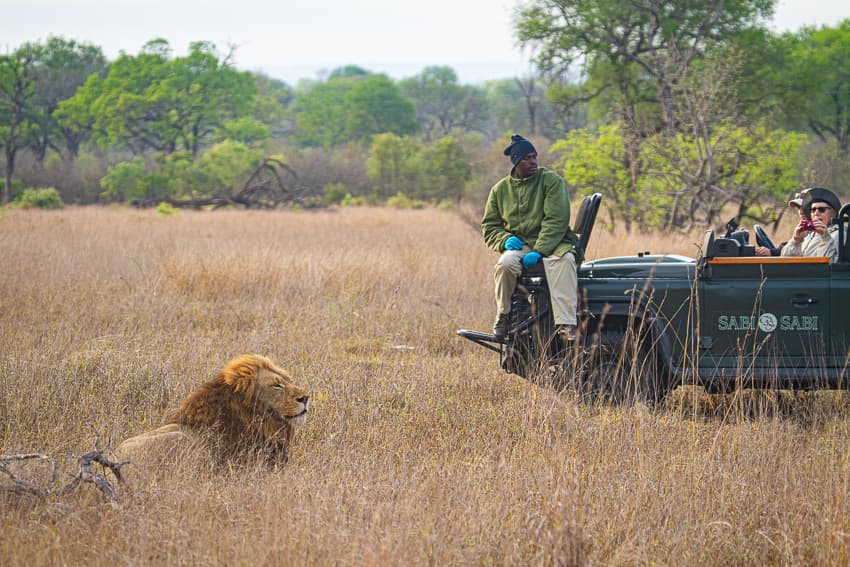
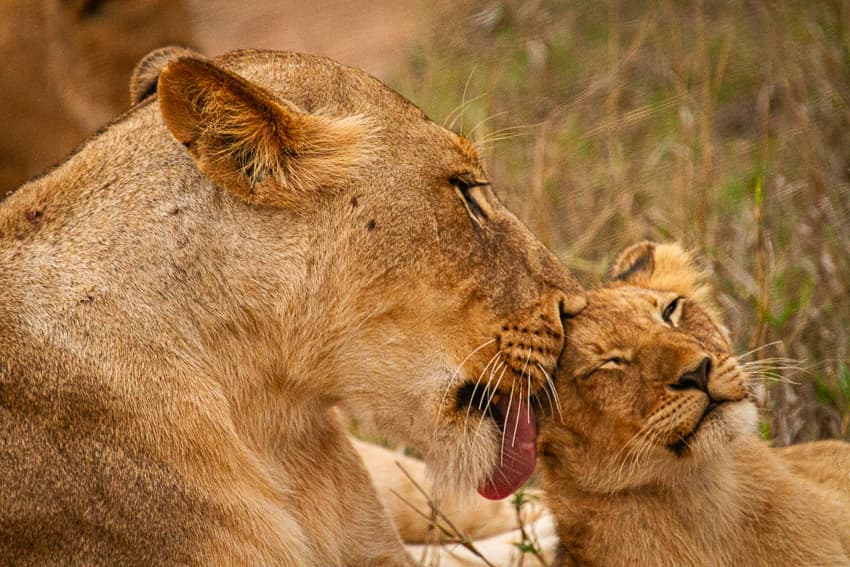
Ruaha National Park, Tanzania
The Ruaha is a massive, semi-arid national park that forms part of the southern circuit of a Tanzania safari. Ruaha is known for having one of Africa’s densest lion populations. With such large prides, some numbering over 25 lions, the prides of Ruaha specialize in hunting large game like buffalo, elephant, and even fully grown giraffes, as documented in the film “Lions”.
Our pick of the camps in Ruaha includes Jongomero and Kigelia Ruaha. Both camps are pioneers in the Ruaha National Park, employing the best guides and maintaining a strong focus on guiding, the safari experience, and conservation. Experiencing Ruaha is a must for any serious safari enthusiast.
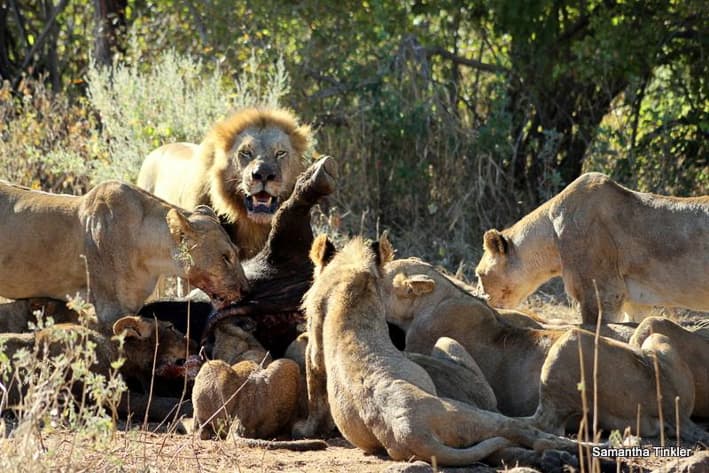
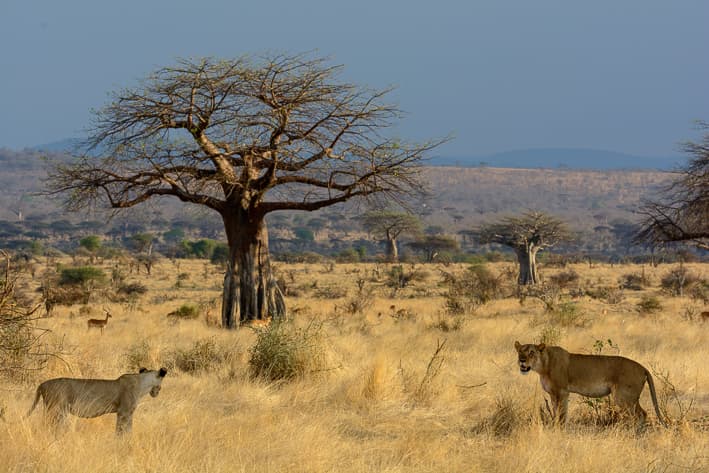
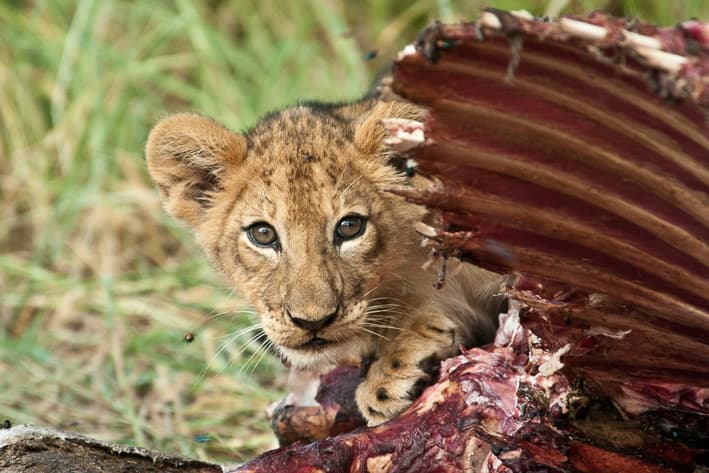
Ngorongoro Crater, Tanzania
The Ngorongoro Crater in Tanzania is 260 square kilometers and has a lion population of around 75 individuals, which means 1 lion for every 3.5 square kilometers, making a safari to the Ngorongoro Crater an almost certain opportunity to see lions. It wasn’t always like this though, with the population almost dying out in the 1960s due to disease. This left just a handful of survivors to re-establish the prides into what they are today.
Our pick of safari camps near the Ngorongoro Crater is Entamanu Ngorongoro Camp set on the rim of the crater with incredible views.
On our last safari to the Ngorongoro Crater, we saw no less than 23 individual lions in one day on safari. Read the trip report here.
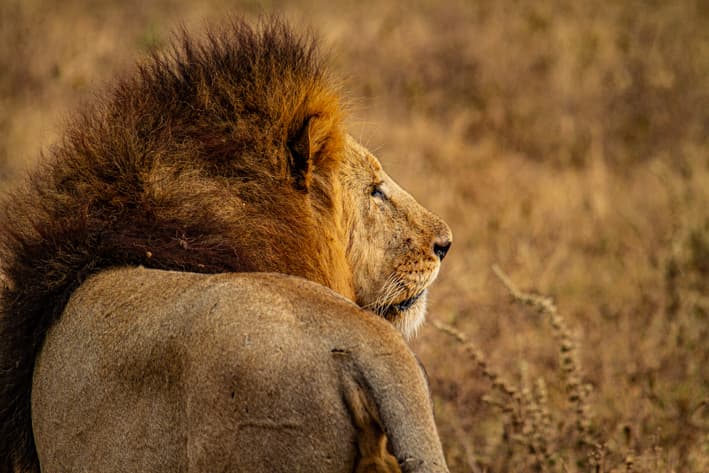
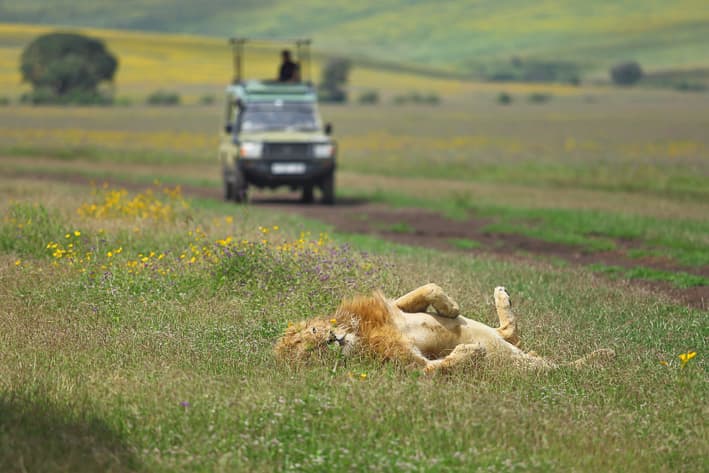


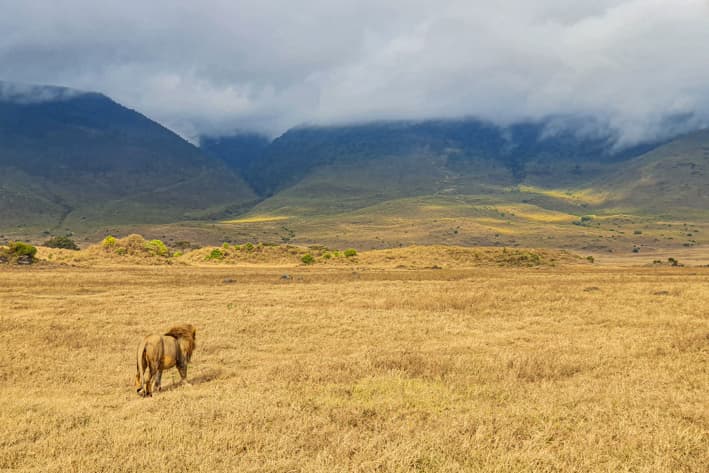
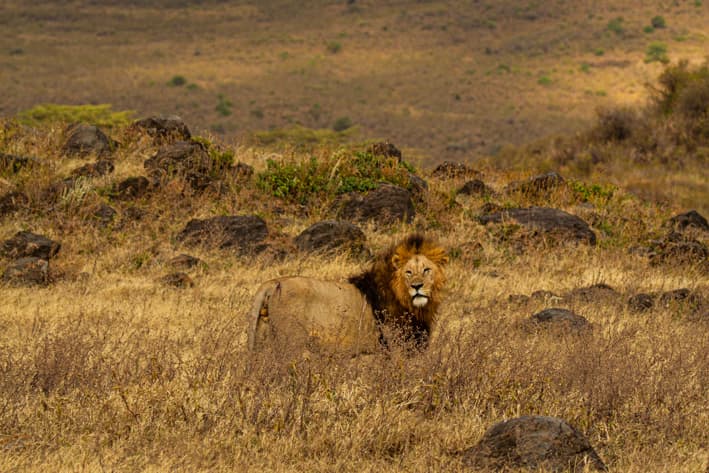

Special Lion sightings to add to your next African Safari
The game reserves mentioned above are the best places in Africa to see the “king of the jungle”. But what if you’re after a particularly special or unique sighting? Below are our top five unique lion sighting locations in Africa:
The Namib's Desert Lions, Namibia
Namibia is an incredible country with vast deserts and sand dunes sweeping down to the cold and unforgiving Atlantic Ocean. The wildlife of Namibia has had to adapt to living in these harsh environments where water is scarce. Elephants wander the deserts for miles in search of water, following the same trails their ancestors followed digging into the sand to expose underground water. The other animals of the desert take full advantage of this and quench their thirst at these groundwater sources.
Throughout the Koakaland and Skeleton Coast live a small pride of lions that etch out an existence in this harsh landscape – traveling for miles in search of food which include giraffe, oryx, and springbok. Occasionally they have been seen on the beaches of the Skeleton Coast killing seals. Seeing the desert lions is rare because their territories are vast, extending from the mountains and dry rivers in the Koakaland to the Atlantic Ocean of the Skeleton Coast. They are often persecuted by local villagers for killing livestock, and so are weary of humans.
To have the best chance of seeing these rare desert lions, you need to spend time in the Koakaland. Our pick of camps for your luxury Namibia safari include Hoanib Valley Camp, Okahirongo Elephant Camp, Hoanib Skeleton Coast Camp, and Shipwreck Lodge.
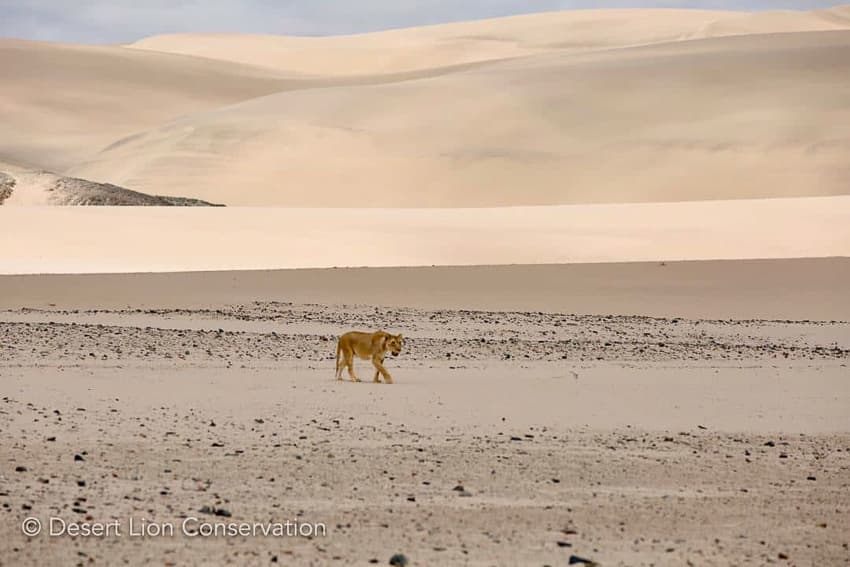
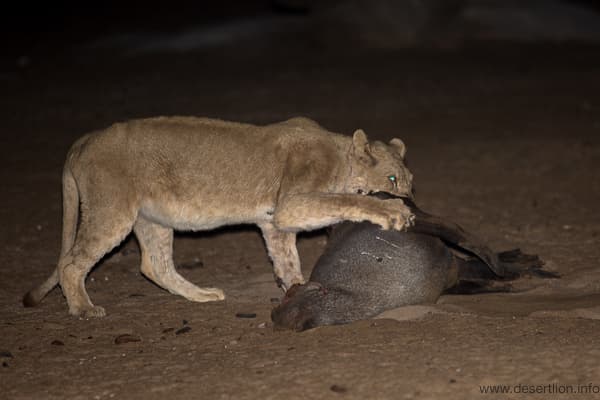
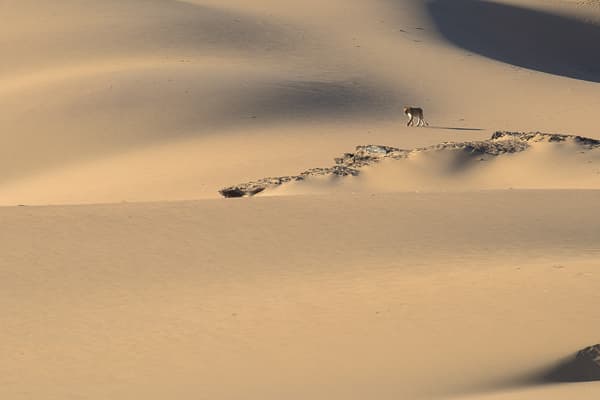
Ishasha Tree Climbing Lions, Uganda
Even though lions are cats, they are usually not particularly good at climbing trees and when they do attempt it, you can see they do not belong there. In some parts of Africa though, lions regularly climb large trees to escape the heat and flies at ground level.
Lake Manyara National Park in Tanzania and the Busanga Plains in Zambia are known to have tree-climbing lions, but the most famous tree-climbing lions are found in the Ishasha section of the Queen Elizabeth National Park in Uganda. Guests often see the pride lounging in large fig trees, sprawled out on the branches to sleep away the heat of the day.
Ishasha Wilderness Camp is located in the park and within easy reach of the famous fig trees that the pride frequents. A stay here offers the best chance of seeing these unique lions.
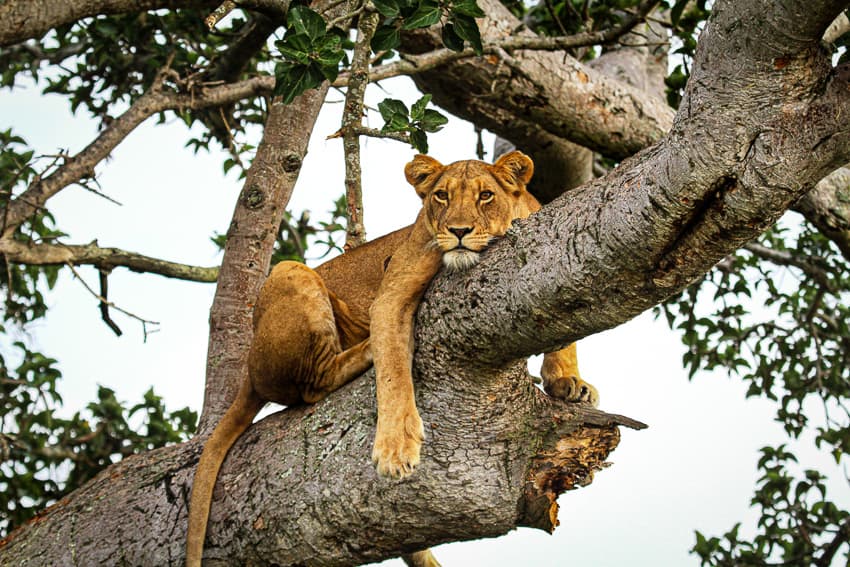
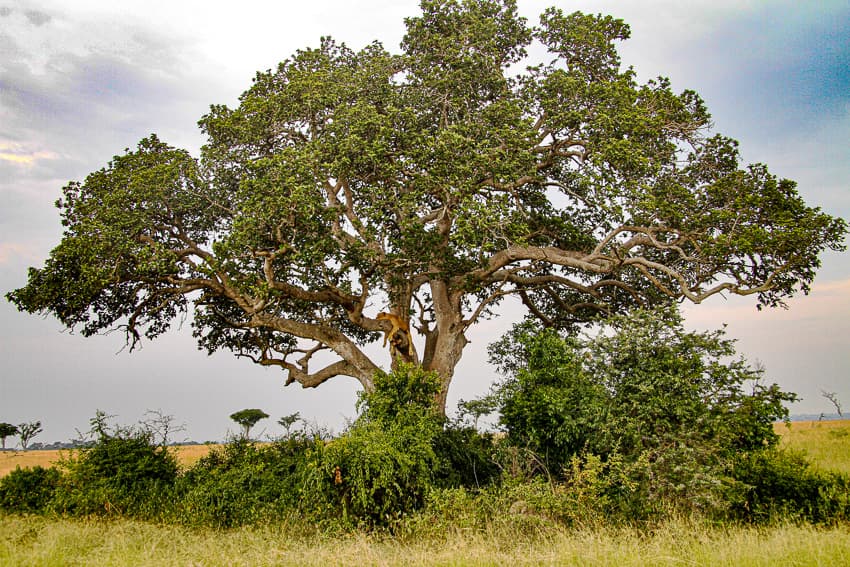
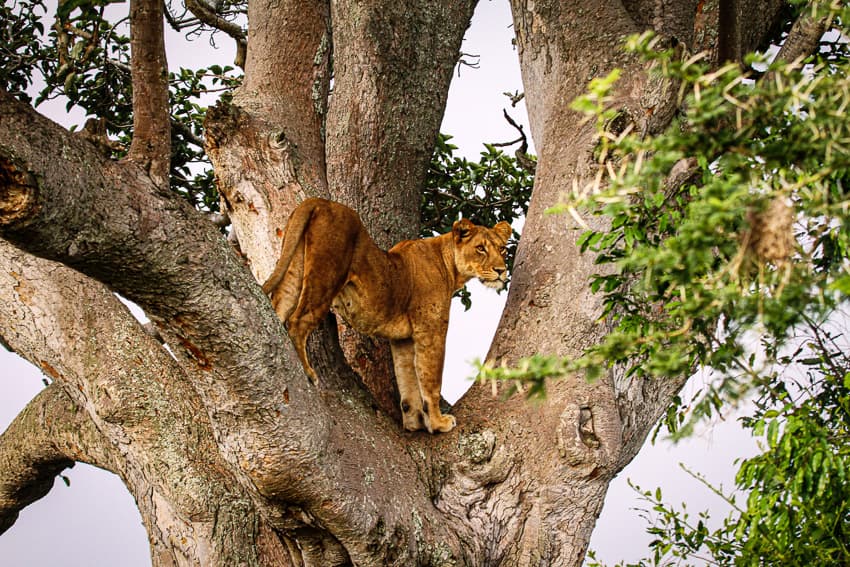
See lions on a walking safari in Mana Pools, Zimbabwe
At Stanley Safaris, we love to get out and walk whilst on safari. There is nothing better than exploring the wilderness on foot with an expert guide, looking at the tracks and signs left behind by the animals that passed through moments before you. We have been lucky to experience many walking safaris, but no matter how many walking safaris you do, you’ll always get an adrenaline rush when coming across a set of fresh lion tracks.
Mana Pools in Zimbabwe is one of the best places in Africa to participate in a walking safari. It is also one of the best places in Africa to see lions on foot. The lions of Mana Pools have become accustomed to seeing humans on foot and are more relaxed than other lions in Africa. The open habitat allows guides and guests to see animals from a distance and allows animals to see us humans. Being on foot a pride of lions in front of you is an experience you will be telling your grandkids about for years to come.
Our pick of camps within Mana Pools that focus on walking safaris include John’s Camp, Zambezi Expeditions, and Camp Mana. All 3 of these are rustic camps along the river with access to some of Mana Pool’s best walking areas. Kanga Camp in Mana Pools has the only permanent water supply during the dry season, so many lions frequent the watering hole here and even use the location as a hunting zone. There have been stories of lions taking down buffalo between the camp’s tents.
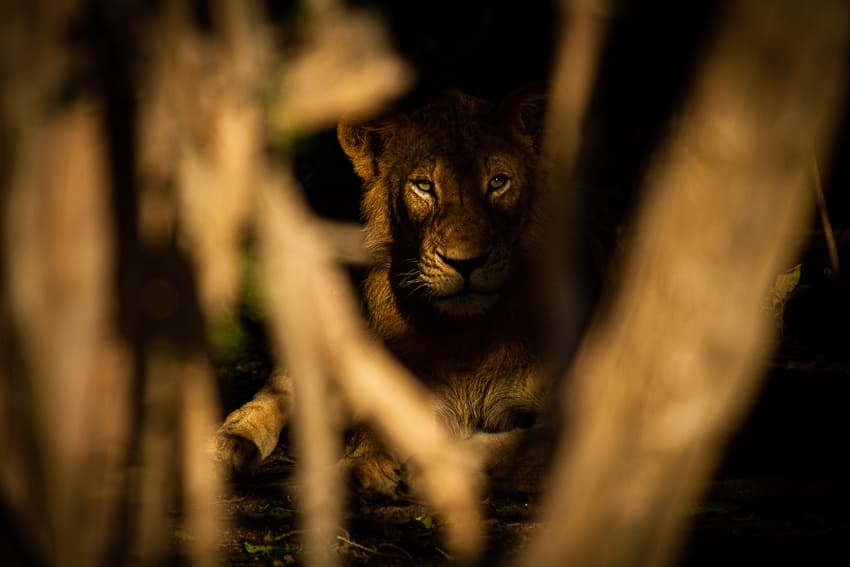
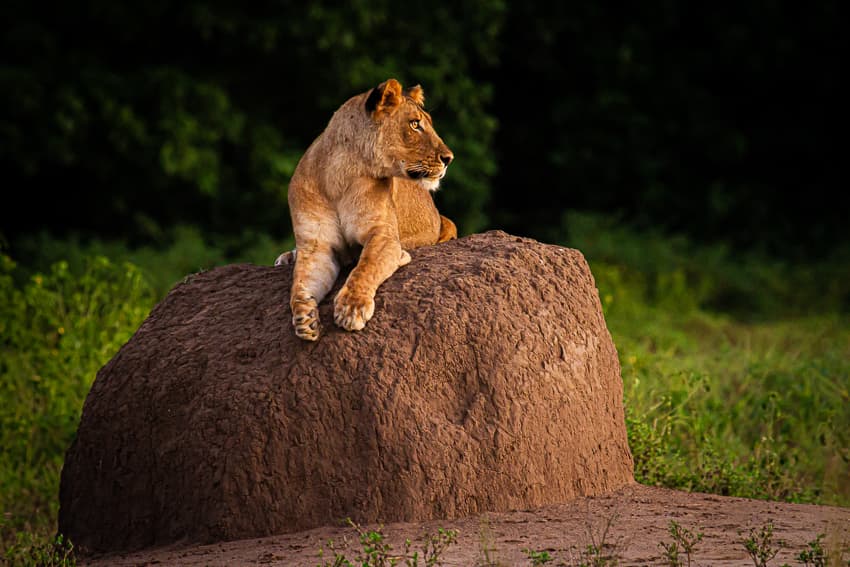
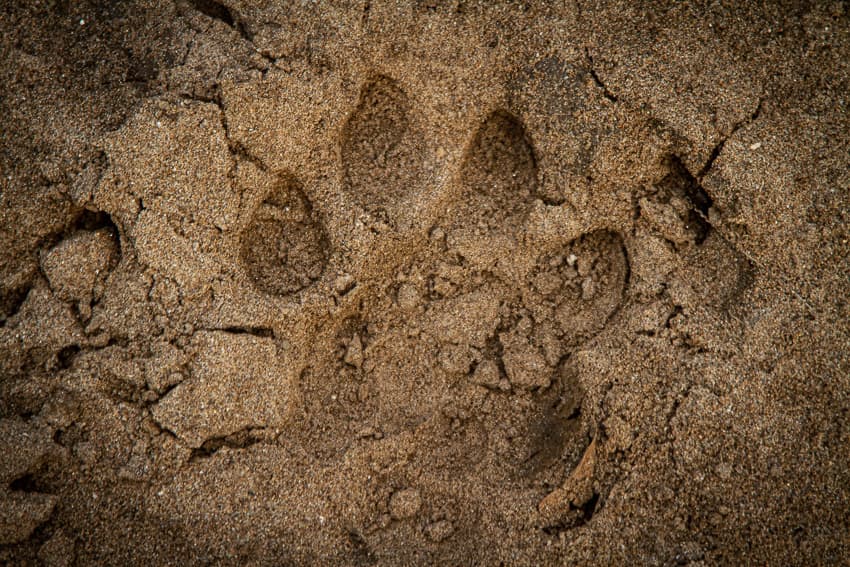
Lady Liuwa, Zambia
Unfortunately, Lady Liuwa died of natural causes in 2017, but her legacy lives on in Liuwa Plains National Park in Zambia. Due to years of hunting and poaching in the 1990s, all the lions of Liuwa Plains National Park were killed, except one, Lady Liuwa. No one knows how she survived or where she came from, but she was first seen in 2002 and for many years roamed Liuwa Plains National Park on her own.
At times she would find companionship with the people that camped in the park in the early days of its resurrection. Stories of her lying 5 meters away from the campfire and following the wardens when they went to bed are common. She was lonely. African Parks tried to give Lady Liuwa her own pride. In 2008, they relocated a male, but sadly he died during the translocation, so a year later they tried again, this time introducing 2 males. Both mated with her, but unfortunately, she was unable to fall pregnant. In 2012, they introduced 2 female lions to keep her company. One was killed in a poacher’s snare and the other fled towards Angola. She was recaptured and returned to Liuwa Plains where she finally bonded with Lady Liuwa. This new lioness soon fell pregnant and produced her first litter of cubs. Over the years the new female had a couple of litters, all of which Lady Liuwa helped raise.
Liuwa Plains is a special place in Africa due to its revival by African Parks and the Zambian Wildlife Authority. The animals have returned and it is home to the second largest wildebeest migration in Africa. There is currently only one permanent camp in Liuwa Plains – King Lewanika Camp.
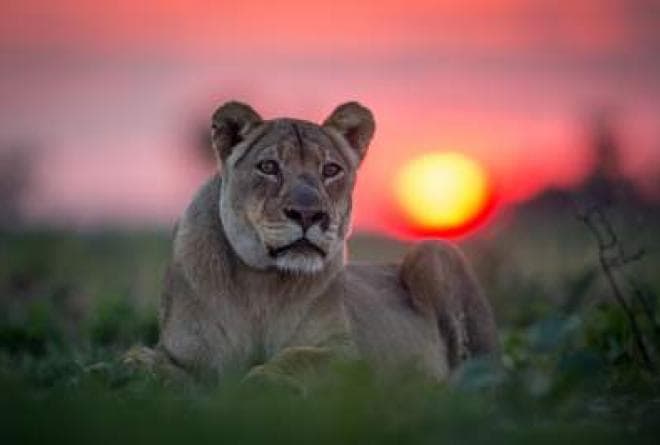
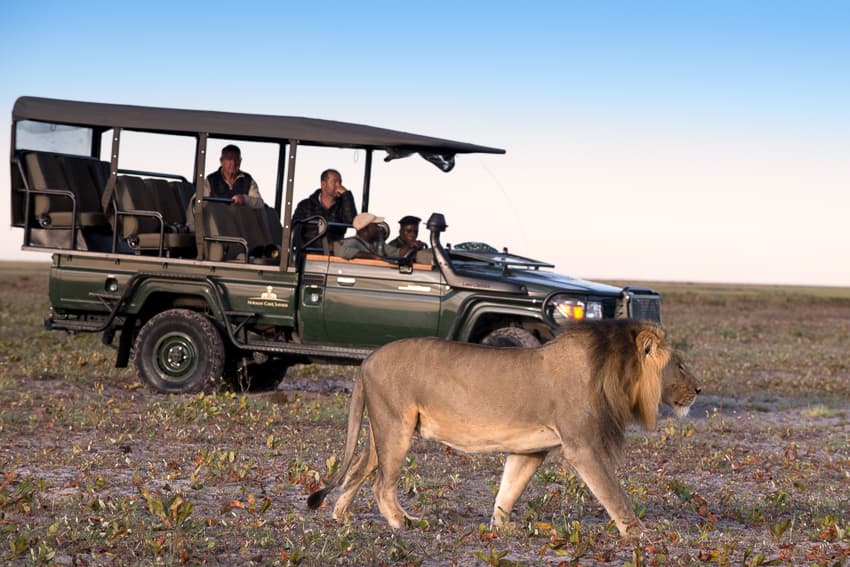
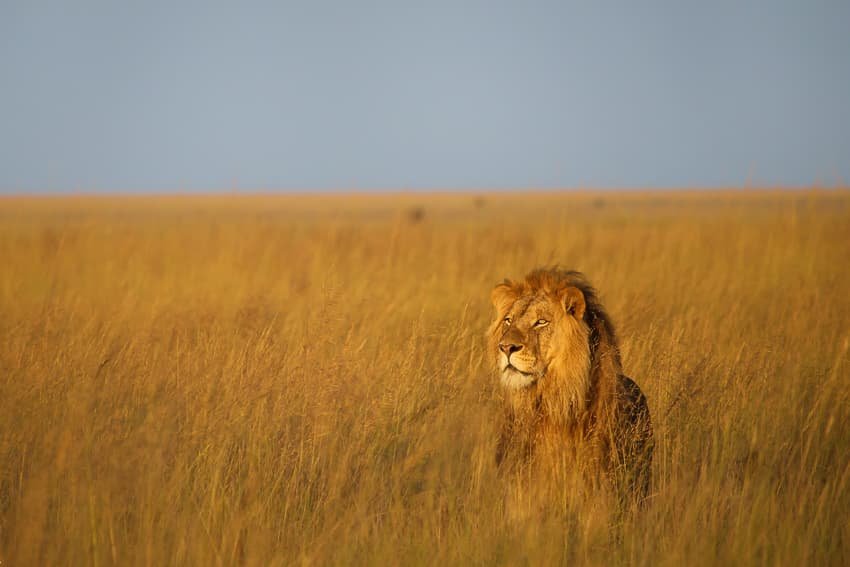
The White Lions of the Timbavati, South Africa
The Timbavati Game Reserve is a private reserve bordering the world-famous Kruger National Park in South Africa. There are no fences between the Timbavati and Kruger and so the animals move freely between them. Home to the Big Five and with some of the best leopard sightings in Africa, the Timbavati is also home to the only wild population of white lions on earth. Even after years of research, no one knows whether they are albino or leucistic (loss of pigmentation).
We recommend staying at Tanda Tula inside the Timbavati Game Reserve on your South African safari.
If lions are at the top of your wish list whilst on your African safari, then get in touch, and we will design the perfect safari and make sure you are in the best places to see lions in the wild…..
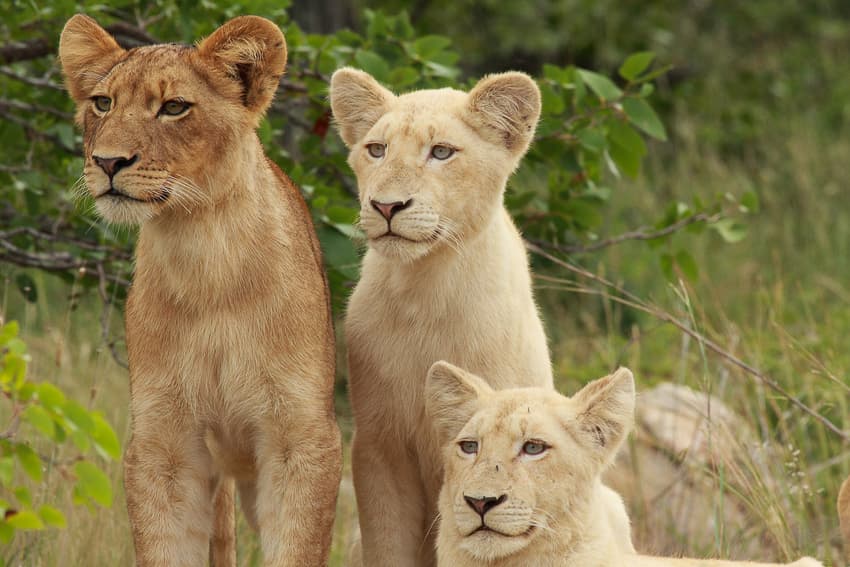
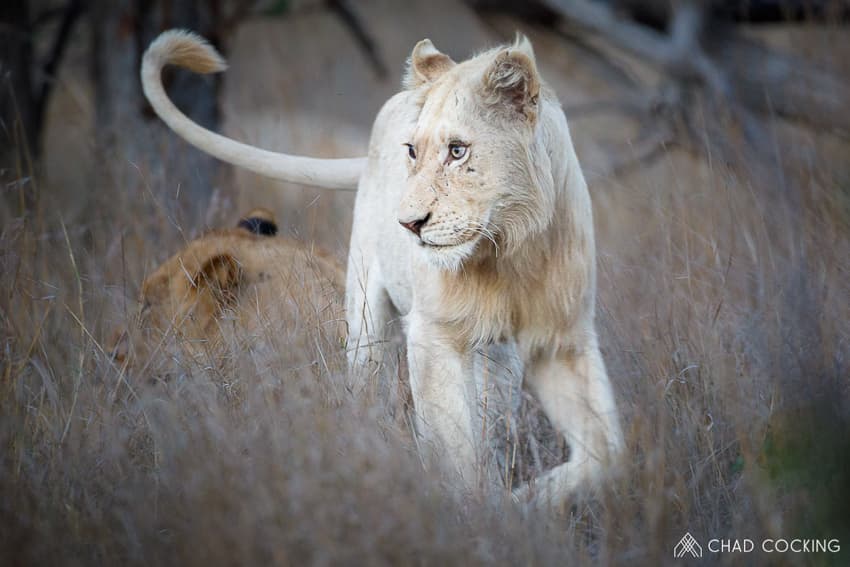
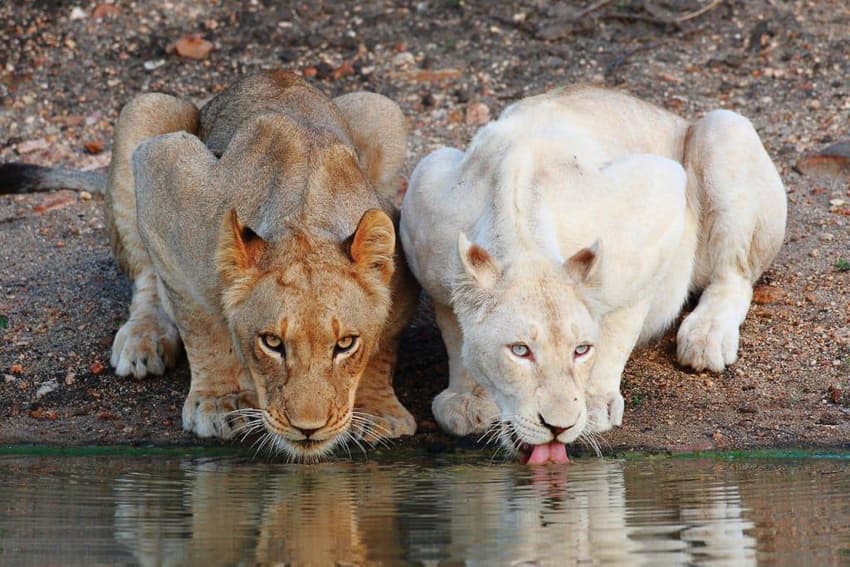
When lions call safari camps home
As you know, here at Stanley Safaris we love safari camps that don’t have fences around them and are so embedded into the environment that the animals often walk through, relax or come to drink in and around the camp. Here is a pick of our top safari camps and lodges where lions frequently call home.
Kanga Camp, Mana Pools, Zimbabwe
Kanga is located inside the Mana Pools National Park, Zimbabwe, around the only permanent water for miles around making it a magnet for all animals during the dry season, including lions. The lions often use the waterhole to hunt as thirsty animals come down to quench their thirst. We have witnessed lions at Kanga Camp several times and have heard many stories of buffalo being killed between the tents.
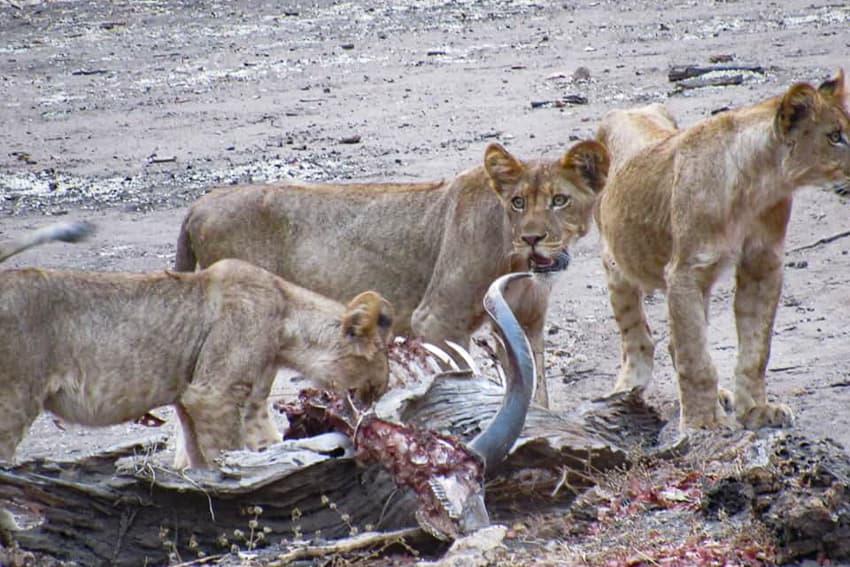
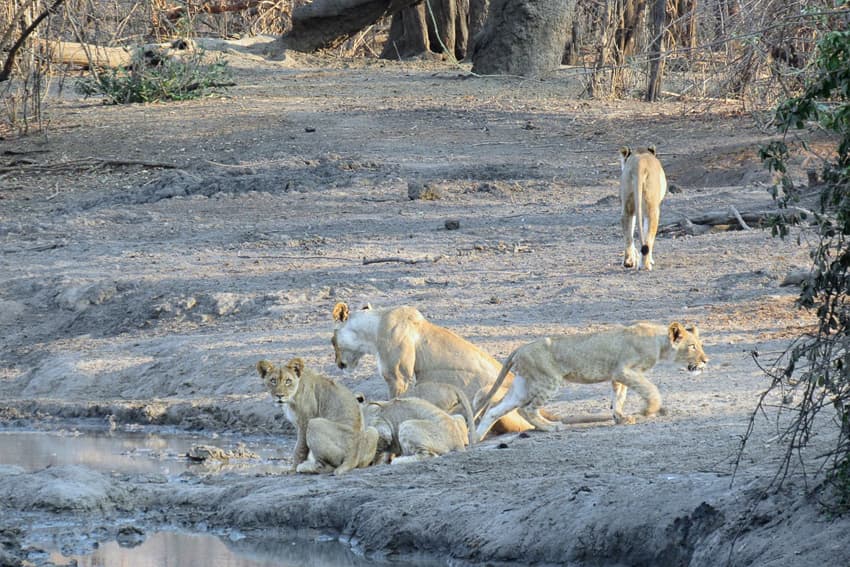
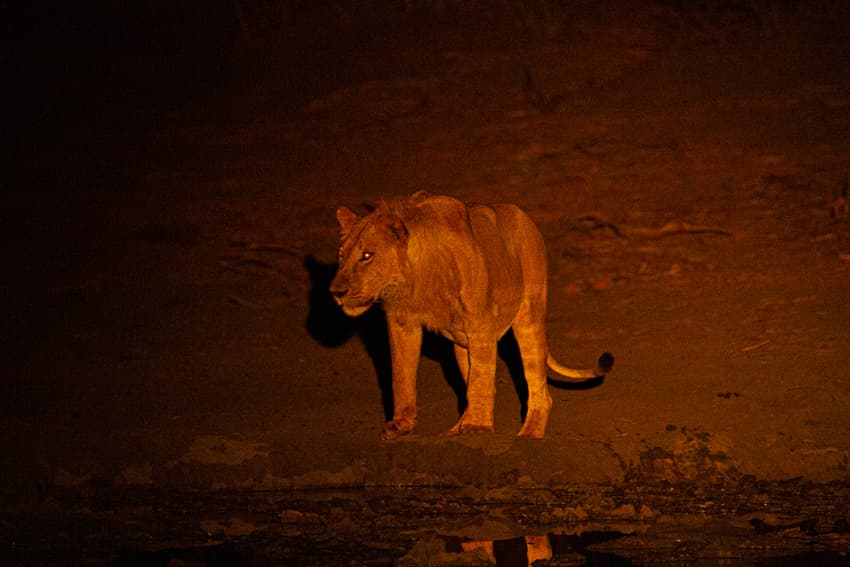
Musekese Camp, Kafue National Park, Zambia
Located in the central part of the Kafue National Park in Zambia, overlooking a floodplain where the lions frequently come to hunt. This brings them close to Musekese Camp on a regular basis.
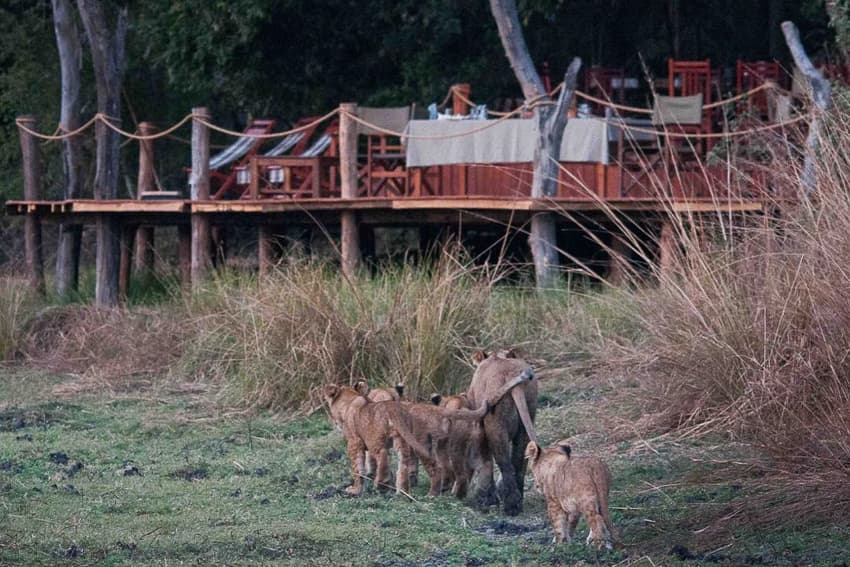
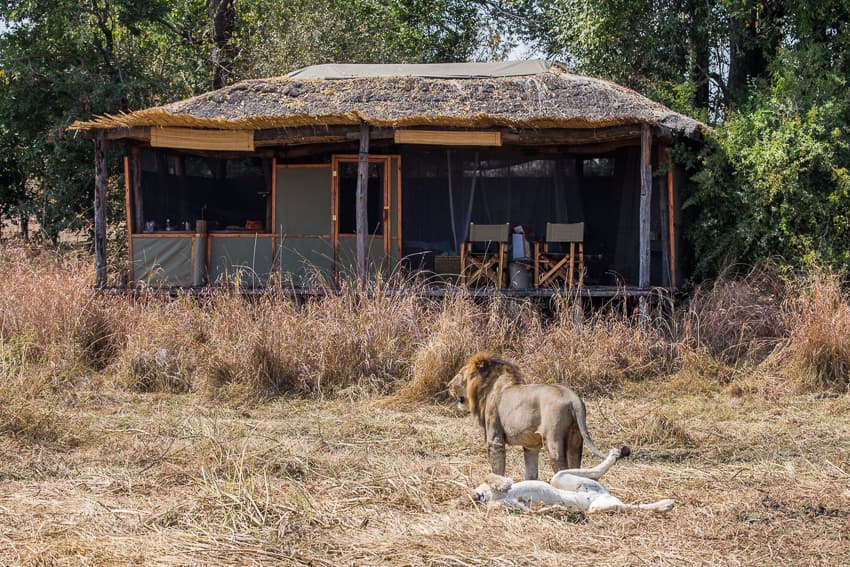
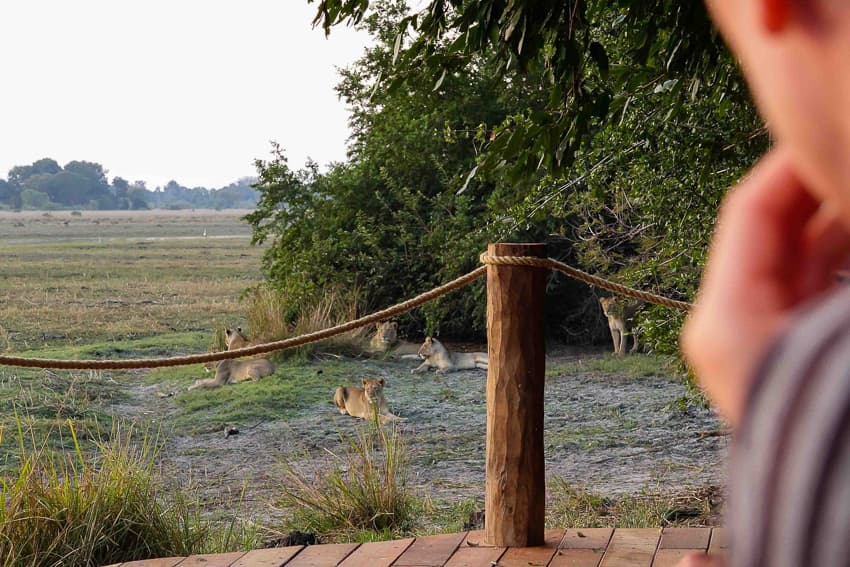
Shumba Camp, Busanga Plains, Kafue National Park, Zambia
Shumba means lion in Shona, which is fitting as Shumba Camp out on the Busanga Plains in the Kafue National Park in Zambia is frequented by lions who often rest up on the raised boardwalks that link the tents and main area of the camp.
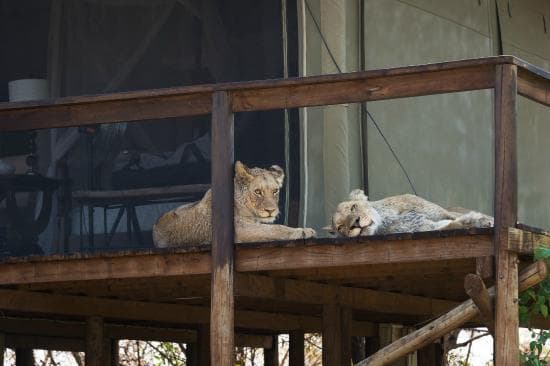
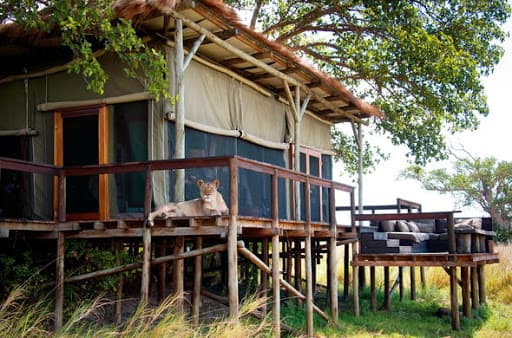
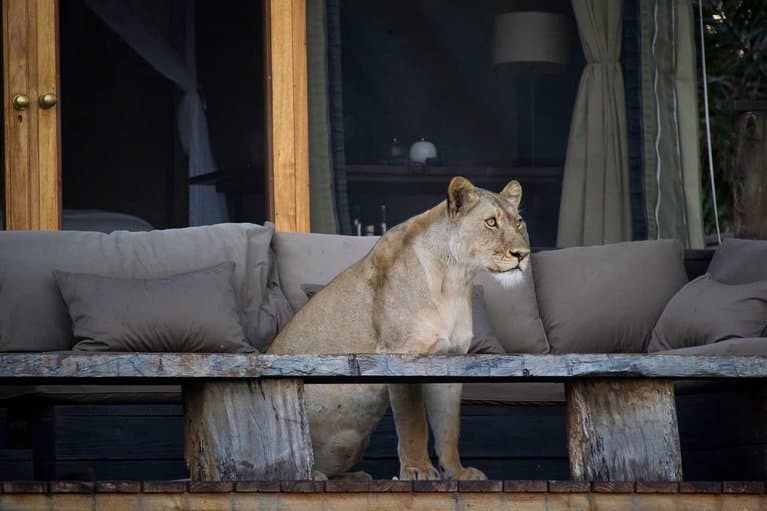
Mfuwe Lodge, South Luangwa, Zambia
Mfuwe Lodge is a luxury Safari Lodge inside the South Luangwa National Park in Zambia. The lodge overlooks a lagoon that is frequented by animals as they come to quench their thirst. Being a luxury safari lodge, the staff maintain the gardens which has lush green lawns and for some reason the lions seem to enjoy this and are often seen lazing on the lawn, playing with the water sprinklers, or resting on the pathways that lead to the rooms.
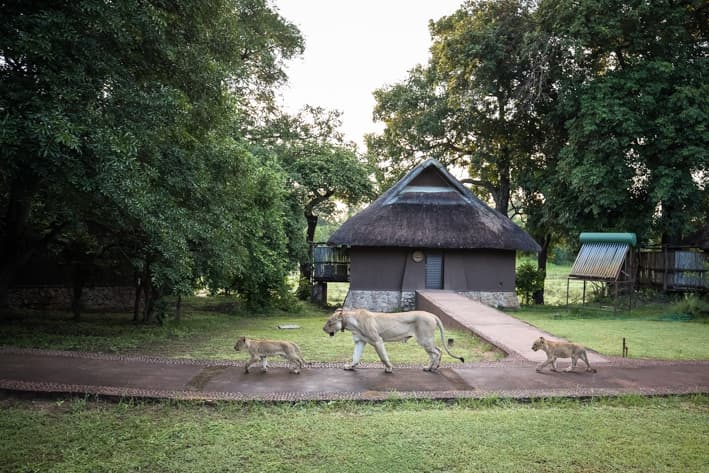
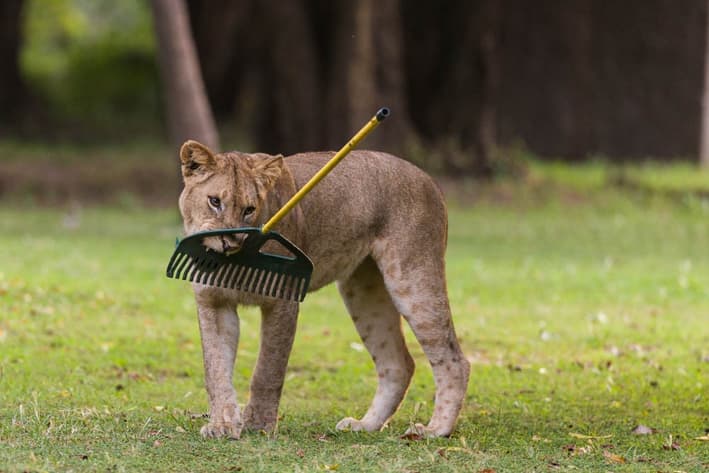
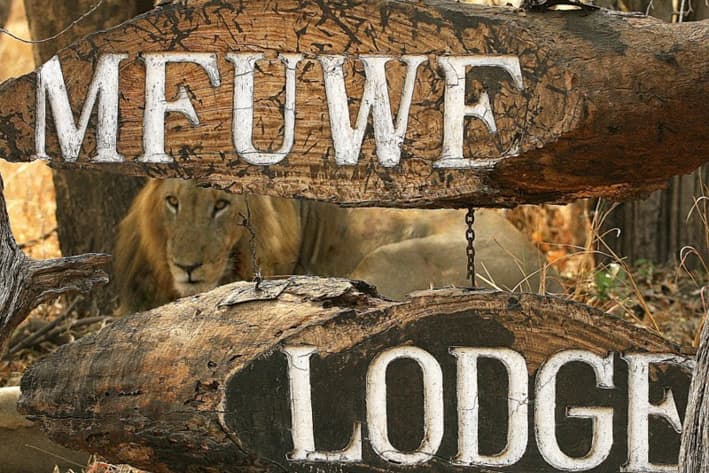
Somalisa Camp, Hwange National Park, Zimbabwe
Somalisa Camp, Somalisa Acacia, and Somalisa Expeditions Camps in Zimbabwe, all overlook very active waterholes within the Hwange National Park. Because Hwange is an extremely dry park, the animals rely on these waterholes to survive. Aside from herds of buffalo and elephants frequenting the camp waterholes, the resident pride also makes frequent appearances. On one occasion the pride killed 4 buffalos at the waterhole in front of Somalisa Acacia while elephants were drinking nearby and a leopard was watching from a tree. What more do you need when on safari……
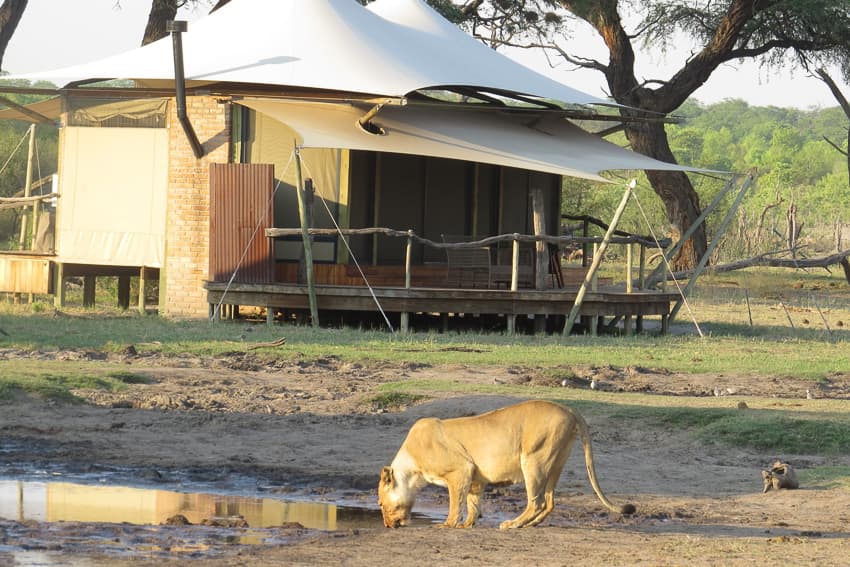
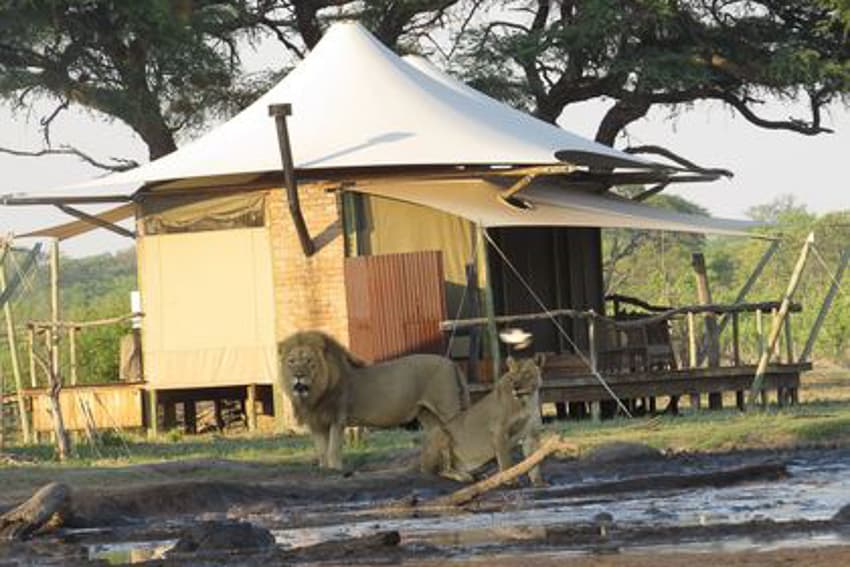
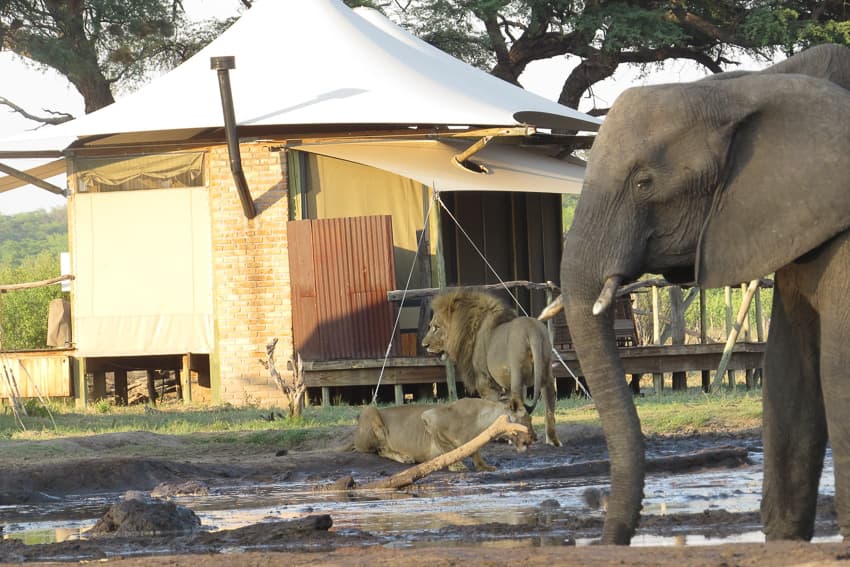
If lions are at the top of your wish list whilst on your African safari, then get in touch, let us know and we will design the perfect safari and make sure you are in the best places to see lions in the wild…..

